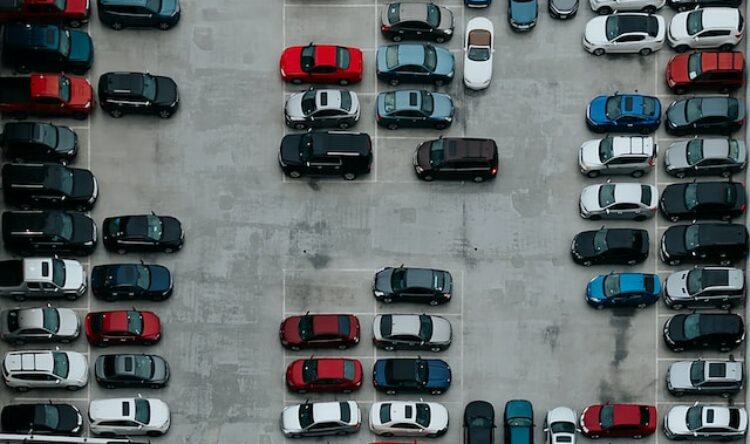The cost of self-driving cars will be the biggest barrier to their adoption
Road crashes claim nearly 40,000 lives annually in the United States. The result is considerable financial and emotional suffering to society
Highly automated vehicles (HAVs) — vehicles that drive themselves some or all of the time – should help. By shifting responsibility for driving from humans to machines, this technology minimizes opportunities for behavioral errors blamed in most road crashes.
However, the systems underlying HAVs, namely sensors, radar, and communication devices, are costly compared to older (less safe) vehicles. This raises questions about the affordability of life-saving technology for those who need it most. While all segments of society are affected by road crashes, the risks are greatest for the poor. These individuals are more likely to die on the road partly because they own older vehicles that lack advanced safety features and have lower crash-test ratings.
Some people have suggested that the inability to purchase HAVs outright may be circumvented by offering these vehicles for-hire. This setup, analogous to modern day taxis, distributes operating costs over a large number of consumers making mobility services more affordable. Self-driving technology advocates suggest that so-called robotaxis, operated by for-profit businesses, could produce considerable savings for consumers.
In our research, we wanted to determine if this was right. Is it realistic to expect robotaxis to become cost-competitive with owning older vehicles any time soon? The answer, according to our analysis, is no.
We focused on the city of San Francisco. First, we calculated the cost of owning an older vehicle in the Bay area. Second, we used public financial data associated with the local taxi industry to estimate likely robotaxi operating expenses – things like vehicle cost, licensing, insurance, maintenance, cleaning, fuel, and safety oversight. Third, we adjusted these expenses to include envisioned profit margins expected by investors in the technology. Finally, we applied econometric testing to identify if and under what conditions robotaxi fares could be lowered. Our figures are an estimate, but they reflect the best knowledge we currently have about robotaxis.
Assuming current market conditions hold, we estimate that using a robotaxi will cost consumers nearly three times more – on a per mile basis – than owning an older vehicle. The primary driver of this result isn’t the capital cost of the robotaxi, which we assumed to be a mere $15,000, well below the average cost of buying a new vehicle. Nor is it because of high insurance, gas, or maintenance costs. All of these could be reduced to zero and hailing a robotaxi would still be more expensive than owning an older car. Instead, high robotaxi fares are driven largely by the vehicle’s utilization rate – how much of these vehicles’ time is spent shuttling passengers around. (Current taxi utilization rates hover around 50%). More worryingly, even if robotaxis had an unrealistically high utilization rate and even if their investors lowered their profit expectations, the cost of providing safety oversight would need to be substantially reduced (to below existing minimum-wage levels) in order for robotaxi fares to be cost competitive with owning an older vehicle.
Our results suggest we need to change how we think about the future of mobility. Thus far, public scrutiny of self-driving technology has centered around answering questions like how safe is “safe enough?” Can safety provision be left to the private marketplace? And, are existing regulations effective and worthwhile? Addressing these questions is important given self-driving technology’s potential to address what the United Nations has labelled a major public health problem. Doing so, however, demands making the technology cost competitive with existing, older vehicles. Our work suggests this is unlikely.
In our view, consumer subsidies will be crucial to realizing the life-saving benefits of this technology. Although politically challenging, public revenues already pay for a portion of road crash-related expenditures. In the United States alone, this amounts to $18 billion, the equivalent of over $156 in added taxes for every household. If consumer subsidies can deliver an equivalent or greater benefit, using the public purse as a lever to incentivize widespread HAV use becomes politically palatable.
We conclude on a cautionary note. While self-driving technology is maturing quickly, realizing its benefits – particularly for those who need it most – requires that the technology be affordable. This prospect is, in our view, far from certain. Leaving this issue unaddressed risks fostering greater socioeconomic inequality on the nation’s roads.
Acknowledgements: This work was supported by the MIT Energy Initiative’s Mobility of the Future study.
For more news from The Havard Business School – visit their website



